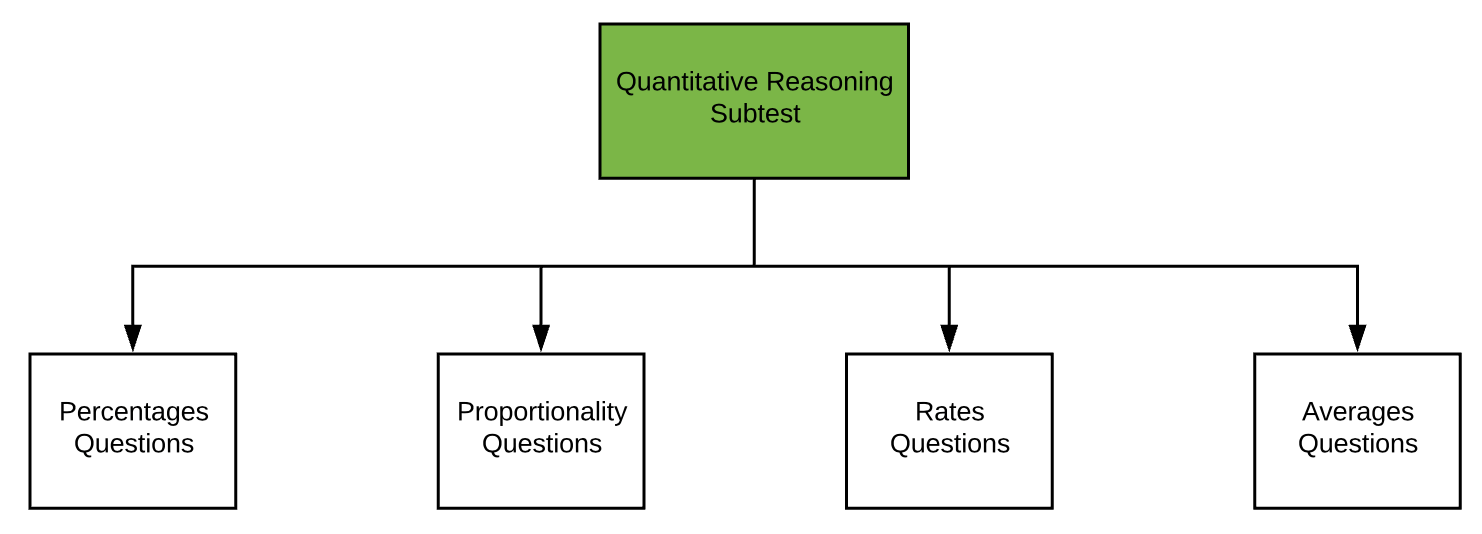Welcome to Matrix Education
To ensure we are showing you the most relevant content, please select your location below.
Select a year to see courses
Learn online or on-campus during the term or school holidays
Learn online or on-campus during the term or school holidays
Learn online or on-campus during the term or school holidays
Learn online or on-campus during the term or school holidays
Learn online or on-campus during the term or school holidays
Learn online or on-campus during the term or school holidays
Learn online or on-campus during the term or school holidays
Get HSC Trial exam ready in just a week
Get HSC exam ready in just a week
Select a year to see available courses
Science guides to help you get ahead
Science guides to help you get ahead

Guide Chapters
The UCAT Quantitative Reasoning section is the third of the four subtests. It assesses your numerical abilities to solve problems quickly. This section will demand some math skills but will have more to do with problem-solving.

Doctors, dentists, and/or medical professionals often need to make quick decisions based on mathematical calculations. These decisions demand effective and efficient problem-solving skills to manage risks and assess situations.
Our UCAT Experts can help you ace UCAT. We’ll help you get exam-ready with our step-by-step approach to building your logical thinking abilities, critical thinking skills and moral and ethical standards. Learn more about Matrix UCAT Course.
The Quantitative Reasoning subtest consists of 36 questions that must be completed in 26 minutes – that results in an average of 43 seconds per question.
With limited time, you’ll need to make decisions efficiently and effectively.
Questions may involve charts, graphs and reference tables which may demand more time to solve.
The flowchart below illustrates the different categories in the Quantitative Reasoning subtest:

In Quantitative Reasoning, calculation questions can vie categorised into four different types:
Here’s an example of a Quantitative Reasoning question:
Sarah’s school is trying to raise funds to build a new hall for the students. Her class decides to hold a bake sale to contribute to some of the funds. She is making a batch of muffins for her school bake sale. She has the following recipe below:
Choc chip muffin recipe:
| Ingredient | Price |
| Flour (600g) | $0.60 |
| Oil (250mL) | $1.20 |
| Sugar (500g) | $1.00 |
| Choc chips (600 grams) | $0.70 |
Question 1 (Proportionality)
This recipe produces 1 tray; however, Sarah is baking 5 trays. How much will the ingredients cost?
A) $5.50
B) $5.80
C) $6.20
D) $6.50
E) $7.10
Answer
E
A common mistake is using incorrect quantities of the ingredients. Remember that you can only buy ingredients in specified quantities at the supermarket! For example, 625mL of oil is required, and as a result, 750mL of oil must be bought. Hence, the ingredients cost $1.80 for flour (3×0.60), the oil costs $3.60 (3×1.20), the sugar $1 and the choc chips $0.70, which added together is $7.10.
Question 2 (Percentages)
Sarah ends up eating one tray during the baking process so ends up spending $7.50 altogether to make 5 trays and one that has already been consumed. Each sellable tray has 10 muffins, and each muffin sold for $1.50. What percentage of her earnings are profit? (Assuming all muffins are sold)
A) 10%
B) 50%
C) 90%
D) 95%
E) Can’t tell
C
Each of the 5 trays has 10 muffins, which means 50 sellable muffins in total. If each is sold for $1.50 then Sarah makes $75 (50x$1.50).
However, of the total income, $7.50 was spent on ingredients, which is 10% of $75. Therefore 90% is profit (100-10).
Question 3 (Ratios)
At the end of the day when the bake sale finishes Sarah still has a lot of muffins left, therefore she decides to discount the price of each muffin from $1.50 to $1.00 so she doesn’t have to repack them and take them home. Having sold everything, Sarah makes $65 gross profit. What ratio of full price squares to discounted squares did Sarah sell?
A) 1:2
B) 1:1
C) 3:2
D) 2:3
E) Can’t tell
C
This can be solved by using simultaneous equations: if x is the number of full price muffins and y discounted muffins then x + y=50. At the same time the earnings add up to $65, and x is sold at $1.50 and y at $1, therefore 1.5x + y=65. Substituting one equation into the other results in x=30 and y=20, so the ratio is 3:2.
© Matrix Education and www.matrix.edu.au, 2025. Unauthorised use and/or duplication of this material without express and written permission from this site’s author and/or owner is strictly prohibited. Excerpts and links may be used, provided that full and clear credit is given to Matrix Education and www.matrix.edu.au with appropriate and specific direction to the original content.